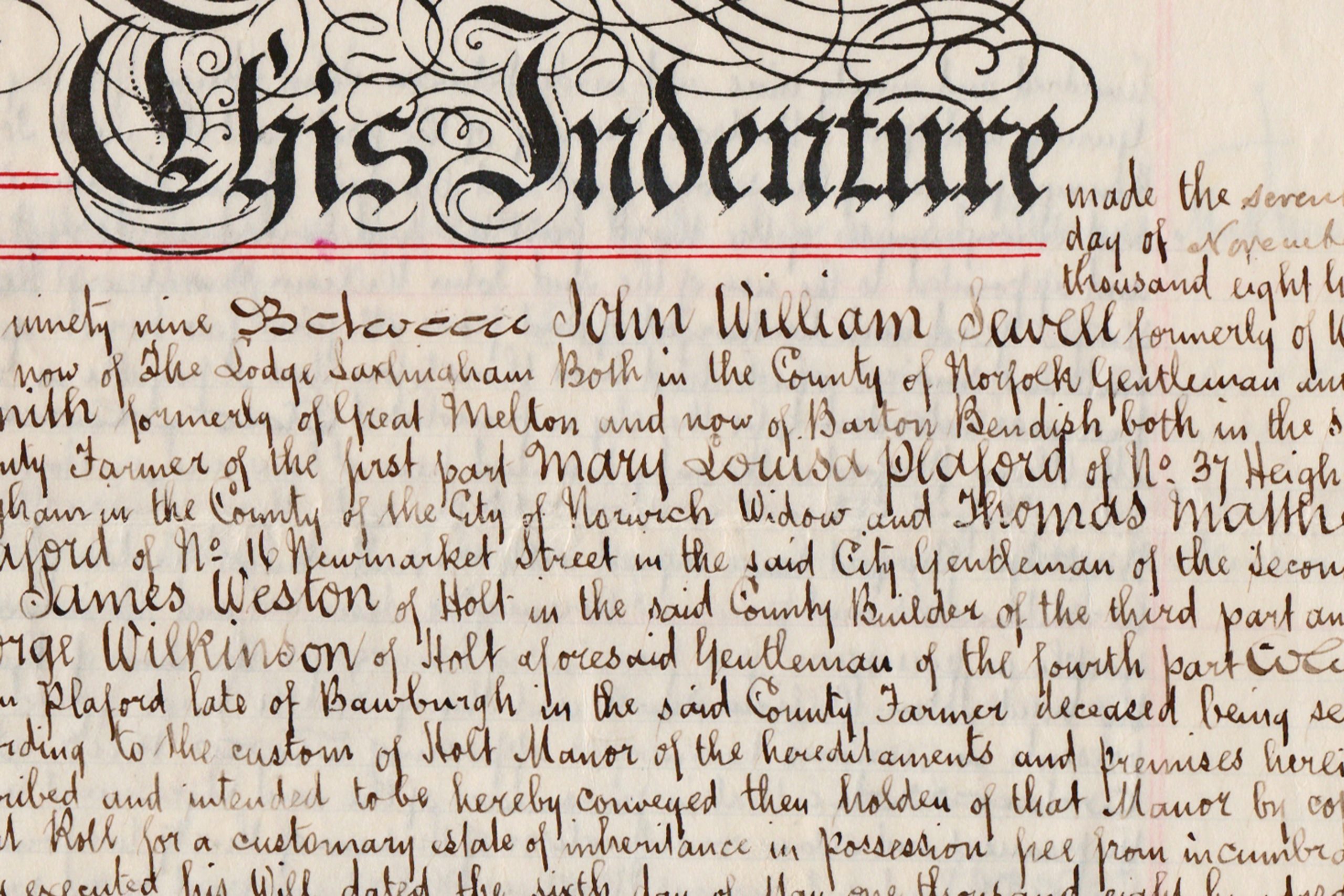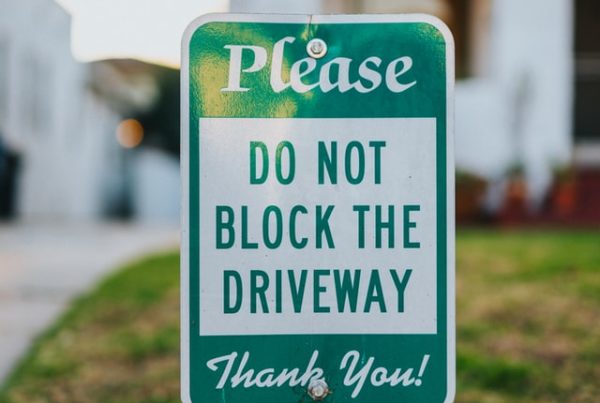If you are in the process of buying or selling a piece of real estate, you are about to be (if you have not already been) inundated with a long list of legal terms and phrases relating to the sale of your property; two of which are your “deed” and “legal description.”
• To build a new home, addition, or deck expansion;
• To understand where your municipal setback requirements are located before expanding your living space or installing a fence line and/or hedgerow;
• To resolve boundary disputes; and
• To resolve encroachment claims
LEGAL DISCLAIMER:
This blog positing is made available for educational purposes only as well as to provide Central Pennsylvanians with general information and a general understanding about this area of Pennsylvania law, not to provide specific (or any) legal advice. Use of this blog does not create an Attorney-Client Relationship with the publisher, Covalt Law, or Nittany Settlement Company. This blog is for general informational purposes only. Covalt Law is a law firm in State College, Pennsylvania and some of the information within this blog relates to legal topics. Covalt Law, LLC does not offer or dispense legal advice through this blog or by e-mails directed to or from this site. By utilizing this blog, the reader agrees that the information contained herein does not constitute legal advice or other professional advice and no attorney-client relationship or other relationship is created between the reader and Covalt Law, Nittany Settlement Company, or its attorneys. Moreover, this blog is not a substitute for obtaining legal advice from a qualified attorney licensed in your state or jurisdiction. The information on this blog may be changed without notice and is not guaranteed to be complete, correct, or up-to-date. While the blog is revised on a regular basis, it may not reflect the most current legal developments or law in your jurisdiction. The opinions expressed at or through the blog are the opinions of the individual author and may not reflect the opinions of the firm or any individual attorney.
Additionally, the ensure compliance with requirements imposed by the U.S. Internal Revenue Service in Circular 230, we inform you that any tax advice contained on this site (including any links provided) is not intended or written to be used, and cannot be used, for the purpose of (i) avoiding penalties under the U.S. Internal Revenue Code or (ii) promoting, marketing, or recommending to another party any transaction or matter addressed in this communication.








It’s good to know that a surveyor can make a map of a property so that we can have clearly defined borders and to avoid any future conflicts with neighbors. My father recently bought a large plot of land to build a ranch where he can spend his retirement days. It’ll be nice if I could get him to get a land surveyor to scope out his property now, that way he won’t have any issues once people start moving in around him. I’m sure the idea of having a headache with any future neighbors is something he’d want to avoid, so hopefully he agrees to the idea quite easily.
I had no idea that land surveying gives you an idea of which are the legal boundaries of the property you’re interested in. I want to help my uncle with his househunting plan for a retirement home. I hope this can convince him to seek out these experts as a start!
Thanks for pointing out that ALTA land title surveys can also help when preparing for some home additions to be done in the future. I’d like to look for a good service like that because I’m thinking about having a new sunroom in my home. I think that will be a great way to greatly increase the value of my home.